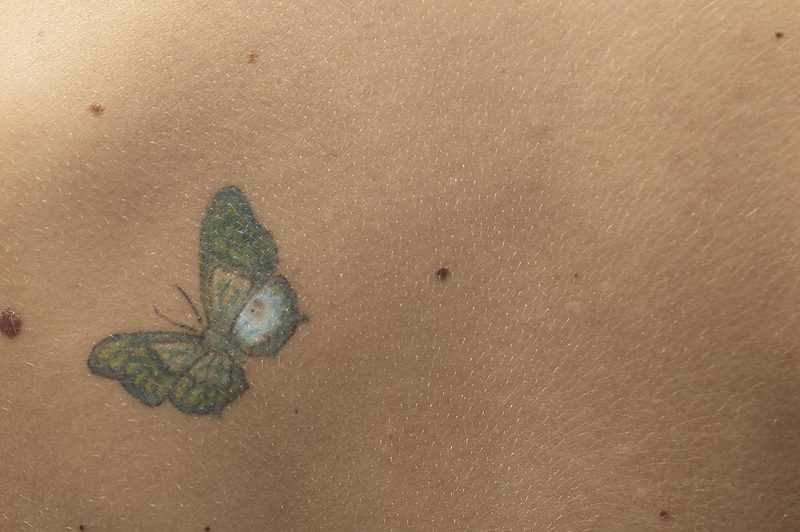THURSDAY, July 7, 2016 (HealthDay News) — Even dinosaurs developed tumors, with some more prone to growths than others, a new study suggests.
An international group of researchers detected a facial tumor in the fossilized jawbone of a dwarf dinosaur (Telmatosaurus transsylvanicus), also known as a hadrosaur.
Subsequent imaging indicated the duck-billed dinosaur had a noncancerous tumor called an ameloblastoma.
This type of growth has been found in people, other mammals and some modern reptiles, according to the study.
“This discovery is the first ever described in the fossil record and the first to be thoroughly documented in a dwarf dinosaur,” said study researcher Kate Acheson, a doctoral student at the University of Southampton in England.
“Telmatosaurus is known to be close to the root of the duck-billed dinosaur family tree, and the presence of such a deformity early in their evolution provides us with further evidence that the duck-billed dinosaurs were more prone to tumors than other dinosaurs,” she said in a university news release.
The jawbone is said to be 67 million to 69 million years old. It was discovered in the “Valley of the Dinosaurs,” an area in Hateg Country Dinosaurs Geopark, in Transylvania, a region in western Romania.
“The discovery of an ameloblastoma in a duck-billed dinosaur documents that we have more in common with dinosaurs than previously realized. We get the same [abnormal growths],” said Dr. Bruce Rothschild, from Northeast Ohio Medical University, in Rootstown. He specializes in the study of ancient diseases and injuries.
The dinosaur’s jawbone reveals it died early but exactly why isn’t clear. The researchers speculate the tumor probably wasn’t painful or the direct cause of the dinosaur’s death.
It may have led indirectly to its death, however. One theory is that predators might have considered the tumor a sign of weakness or vulnerability, leading to an attack.
The study was published July 5 in Scientific Reports.
More information
The National Organization for Rare Disorders provides more on ameloblastoma.
Copyright © 2025 HealthDay. All rights reserved.

